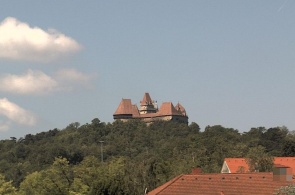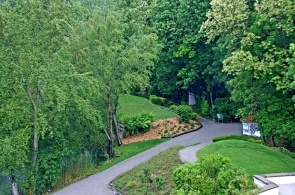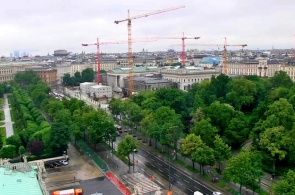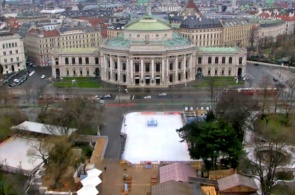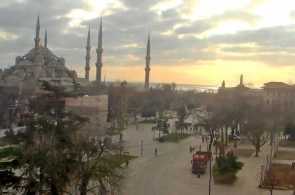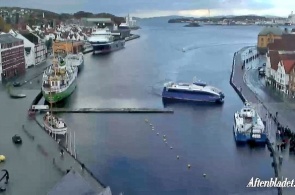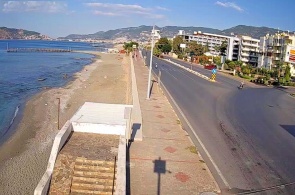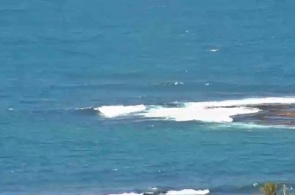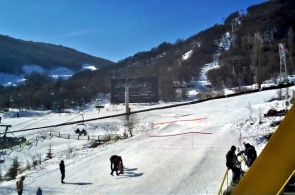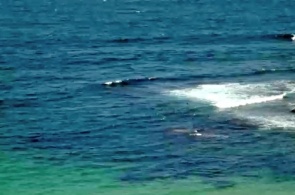The Wachau (German. Wachau) — the valley of the Danube in Lower Austria between Melk and Krems, some 80 km West of Vienna. The pillars of the economy of the region are viticulture and fruit growing, as well as tourism. Due to the abundance of monuments of culture and history but also unique traditions of winemaking valley is listed since 2000 on the world heritage list of UNESCO. Near the town of Villendorf in the Wachau village of the municipality of Aggsbach, was discovered Paleolithic statuette of a female figure, Venus of Willendorf.
The mild climate contributed to the development in the valley winemaking and fruit growing. Frequent in summer, Sunny days with cool nights give great importance to produce in the valley of guilt. Among fruits the most important are grown in Wachau apricots.
The Location Of The Wachau
The wine-growing Wachau valley stretches for 30 km along the river Danube. In addition to Melk and Krems, in this area are the cities of Spitz, dürnstein and Weißenkirchen village. The existing landscape of the valley is formed, on the one hand, the Danube river and close to its shores, climatically favorable areas, and on the other border hills forest of Dunkelsteinerwald (with a height of over 900 m).The mild climate contributed to the development in the valley winemaking and fruit growing. Frequent in summer, Sunny days with cool nights give great importance to produce in the valley of guilt. Among fruits the most important are grown in Wachau apricots.
More details
Web camera in real-time translates the kreuzenstein Castle is located on the territory of today's town of Leobendorf a few kilometers North of Vienna.
Vienna, Austria
02.06.19
Web camera in real-time broadcast Park with a pond and fountains in Vienna.
Vienna, Austria
02.06.19
Web camera in real-time broadcasts of the panorama of the city of Vienna from the Burgtheater. The Burgtheater is one of the oldest theaters not only Austria, but also throughout Europe.
Vienna, Austria
02.06.19
Web camera in real time broadcasts to the shopping center Stadion Center in Vienna.
Vienna, Austria
02.06.19
The camera transmits a view of the building of the Burgtheater, one of the largest cultural centers of Vienna. It was founded in the mid-eighteenth century and occupied the second place among the largest theaters in Europe. Once it was a court theatre in the winter Palace of the Habsburgs – Hofburg.
Vienna, Austria
03.03.16
popular camerasshow all
Sultanahmet or Blue mosque is a work of art of Turkish-Islamic architecture. Its construction began in 1609, the construction work took seven years to a 19-year-old Sultan. The name of the mosque was, due to its interesting and unique finish.
Istanbul, Turkey
08.02.14
Stavanger, a town in the commune of Norway, located in the South-Western part of the country, on the Peninsula, rich in minerals. Tanager combines the influence of foreign organisations such as NATO and oil companies. The camera will shoot the harbour and the promenade of the city.
Stavanger, Norway
03.11.13
A webcam broadcasts the district of Tosmur - quiet location in the Eastern part of Alanya, located only five kilometres from the city centre. Its rural way of life and the beauty of untouched nature attract tourists.
Alanya, Turkey
10.11.18
Shark Island or in English of Shark island, located in the harbour city of Sydney, the suburb of Point Piper. The locals, the natives named the island Boambilly, which translated means Shark island. After all, this name is not casual, because it's mean and looks like a shark fin.
Sydney, Australia
31.10.13
The webcam is installed on site Alva. Tsaghkadzor ski resort town in Armenia. Tsaghkadzor is a beautiful mountainous area among deciduous forests, with a pleasant winter climate, and clean fresh air. The highest point is 1800 meters. The truss type is a classic, divided into three.
Tsakhkadzor, Armenia
18.01.14

